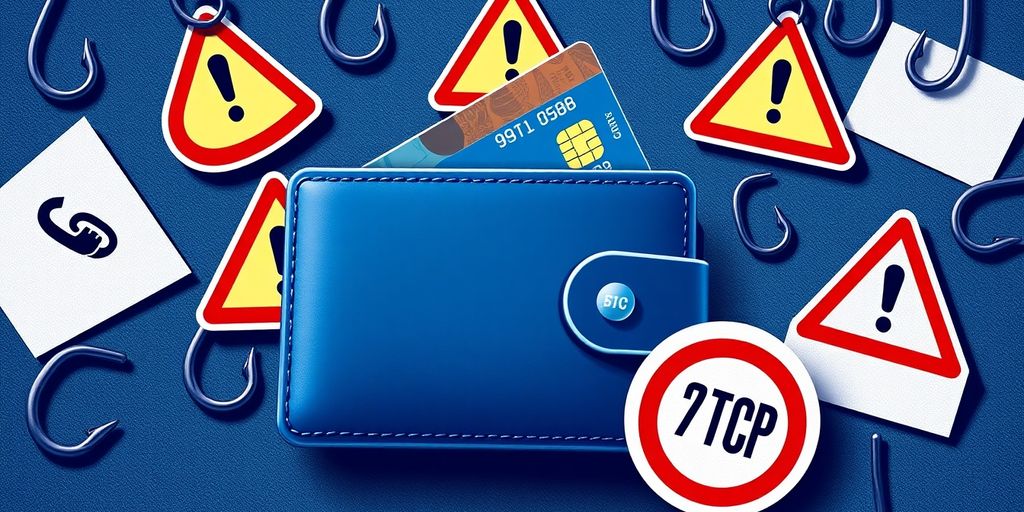A recent wave of phishing scams has emerged across the United States, specifically targeting toll payment systems. Cybercriminals are sending fraudulent text messages to drivers, claiming they owe unpaid tolls. These scams have raised alarms among toll agencies and cybersecurity experts, urging the public to remain vigilant and informed.
Key Takeaways
- Phishing scams are impersonating toll agencies to extract personal information.
- Text messages often contain links to fake websites designed to steal payment information.
- Authorities recommend verifying any toll-related messages through official channels.
The Nature Of The Scams
The phishing messages typically inform recipients that they have unpaid tolls and must pay immediately to avoid penalties. These texts often include a link that directs users to a fraudulent website resembling an official toll agency site. Once there, victims may be prompted to enter sensitive information, such as credit card details or personal identification.
Recent Incidents Across The U.S.
Reports of these scams have surfaced in various states, with notable incidents in:
- Ohio: Central Ohio residents received texts claiming they owed unpaid tolls, prompting warnings from the Ohio Turnpike.
- Illinois: The Illinois Tollway has reported a spike in scam texts, with messages threatening drivers about toll evasion.
- California: The state’s Attorney General has issued alerts regarding ongoing scams targeting consumers.
Identifying Phishing Texts
To protect yourself from these scams, be aware of the following red flags:
- Sender Information: Messages often come from unfamiliar numbers or email addresses.
- Urgent Language: Scammers create a sense of urgency, threatening penalties if payment is not made immediately.
- Suspicious Links: Check for misspellings or unusual URLs in the links provided.
What To Do If You Receive A Scam Text
If you receive a suspicious text message regarding toll payments, follow these steps:
- Do Not Click Links: Avoid clicking on any links or responding to the message.
- Verify Through Official Channels: Check your toll account directly through the official website or app of your toll agency.
- Report The Scam: Forward the message to your carrier’s spam reporting service and report it to the appropriate authorities.
The Importance Of Cybersecurity Awareness
As phishing tactics evolve, it is crucial for individuals to stay informed about potential scams. Cybersecurity experts emphasize the need for public education on recognizing and responding to phishing attempts. By understanding the common signs of scams and taking proactive measures, individuals can better protect themselves from falling victim to these fraudulent schemes.
In conclusion, the rise of phishing scams targeting toll payments is a significant concern for drivers across the U.S. By remaining vigilant and informed, individuals can safeguard their personal information and avoid becoming victims of these malicious attacks.
Sources
- Ohio Turnpike toll text: BBB warns of phishing scam, 10tv.com.
- Cybersecurity expert warns of rise in phishing scams aimed at toll payments, KGAN.
- Illinois Tollway issues warning amid spike in scam text messages – NBC Chicago, NBC 5 Chicago.
- Tollway scam texts flooding phones across US, especially in Chicago, Illinois, area, affecting I-PASS users – ABC7 Chicago, ABC7 Chicago.
- FTC Warns of Fake Toll Road Text Phishing Scams Around U.S., GovTech.
